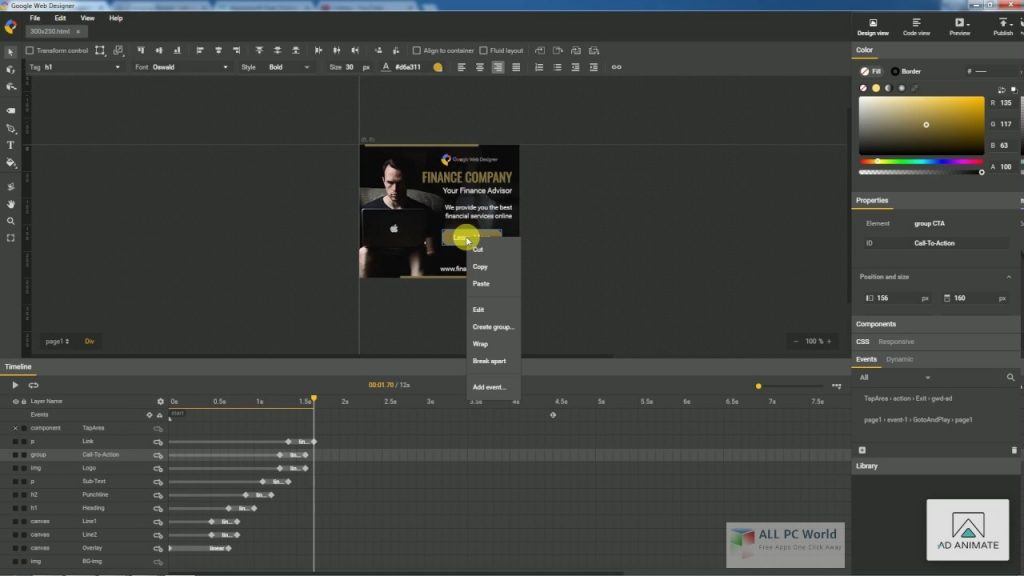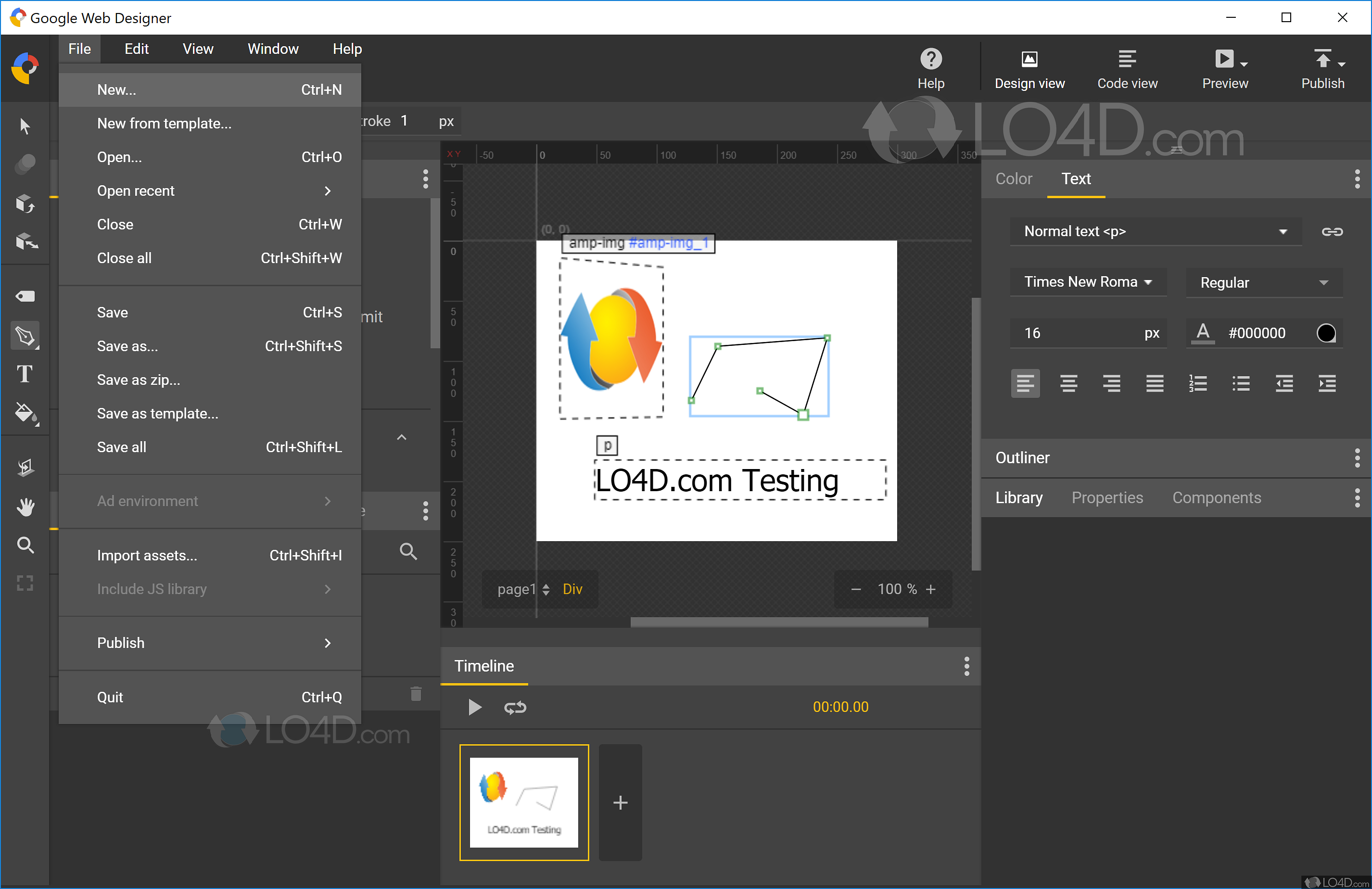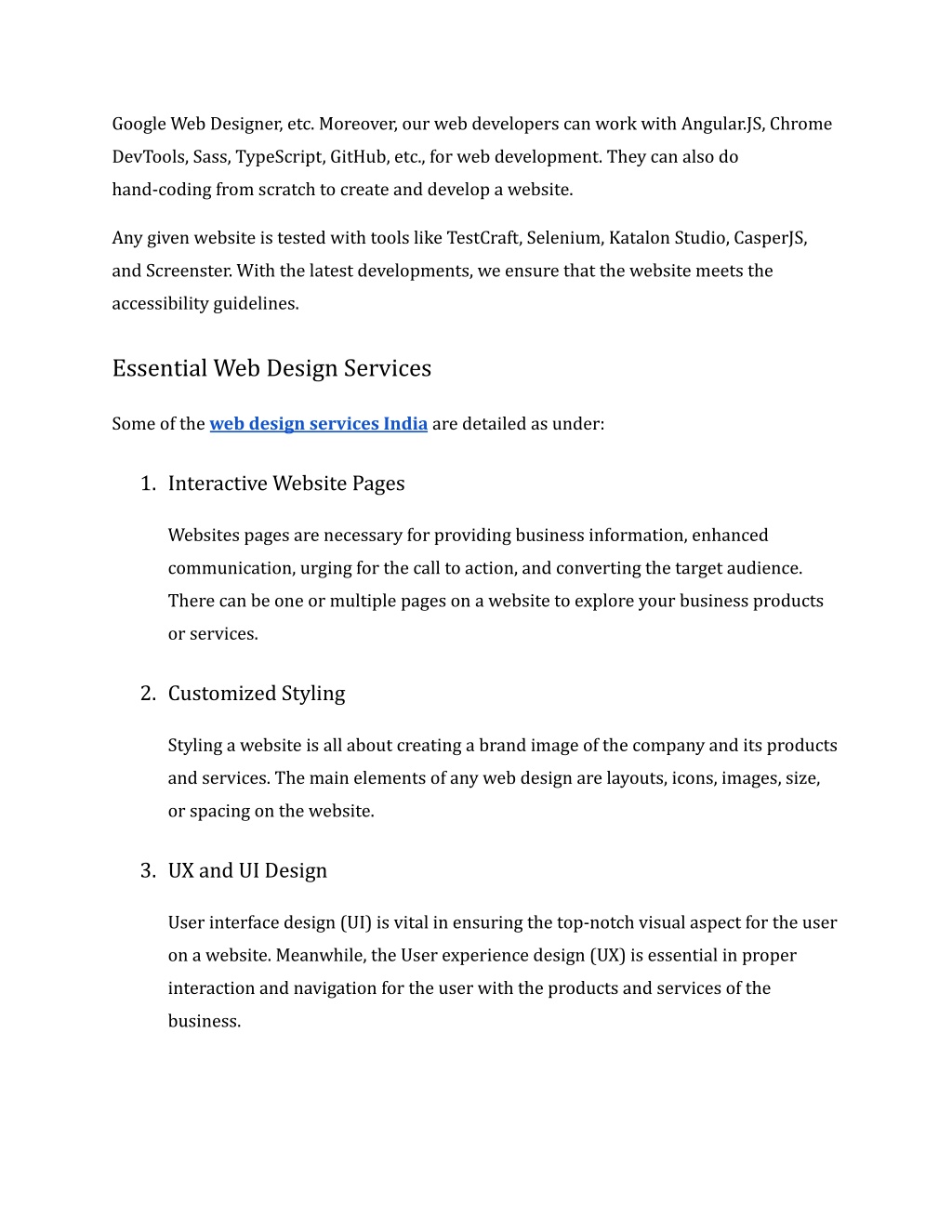

- Google web designer interstitial install#
- Google web designer interstitial full#
- Google web designer interstitial verification#
- Google web designer interstitial free#
Google web designer interstitial free#
If a website visitor clicks through from a search result and then decides to navigate elsewhere on your site, you are free to engage them with a pop-up or interstitial. Google is not looking at pop-ups or interstitials displayed after the initial page viewed. Google is looking for a mobile interstitial or pop-up that is being triggered after the searcher goes from Google search results to that specific page. This Applies Only To Pages Accessed Directly From SERPs You can continue to use website pop-ups, email pop-ups, and exit pop-ups on your website without any penalty in ranking. Note: None of this applies to your desktop website.
Google web designer interstitial verification#
This means that you can use signup bars, pop-ups for login or access purposes, and pop-ups for legal reasons like age verification in your web design. Here are some examples from Google of what would be acceptable. This doesn’t mean you can’t use pop-ups or on-site messaging, though. Google sees interstitials as making content less accessible. Browsing on mobile can be more difficult, and some websites have limited mobile responsiveness. Google’s main purpose for this announcement and change in mobile site indexing is to help users access mobile content easier. While Google is always changing how it indexes sites, here’s what this means for your mobile marketing strategy. This announcement has many digital marketers scratching their heads as to how it applies to their mobile marketing practices and search rankings. To improve the mobile search experience, after, pages where content is not easily accessible to a user on the transition from the mobile search results may not rank as highly.” “Pages that show intrusive interstitials provide a poorer experience to users than other pages where content is immediately accessible. On August 23, Google announced a few changes to how they view pop-ups, overlays, and interstitials on mobile browsers: Presenting a pop-up or overlay that provides relevant value to the content on the page is viewed as a responsible marketing practice. This means that Google sees no problem with using pop-ups within the same window to engage visitors.
Google web designer interstitial full#
Don't show a full page interstitial or other elements that may be annoying or distracting. The best way to notify the user your app can be installed is by adding a button or other element to your user interface.


addEventListener ( 'beforeinstallprompt', ( e ) => ) # Notify the user your app can be installed
Google web designer interstitial install#
When the beforeinstallprompt event has fired, save a reference to the event, and update your user interface to indicate that the user can install your app. You can use it to indicate your app can be installed, and then prompt the user to install it. If the criteria are met, Chrome will fire a beforeinstallprompt event.


 0 kommentar(er)
0 kommentar(er)
